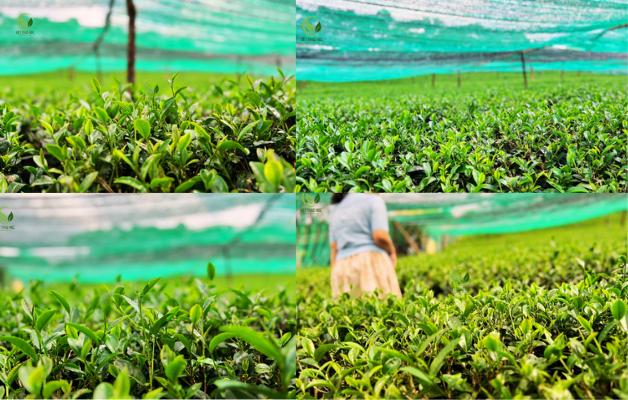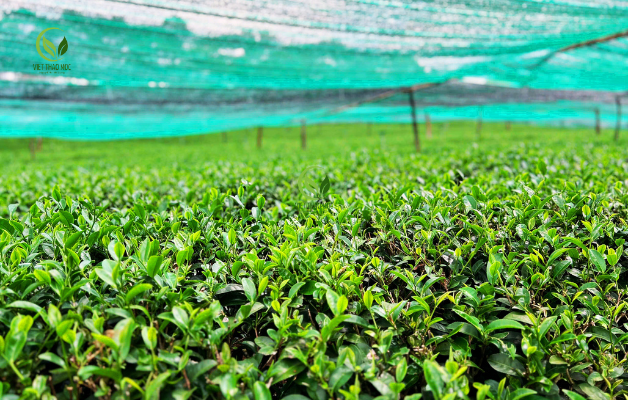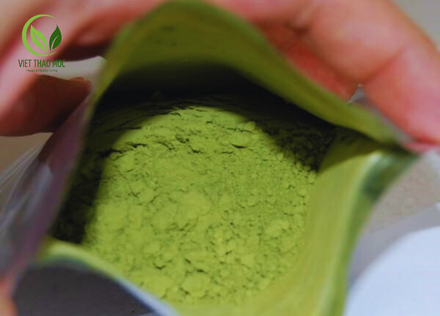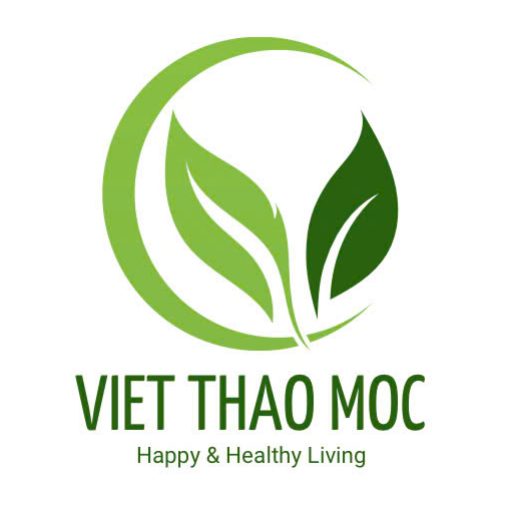Matcha is a finely ground powder made from the young buds of green tea leaves, grown under strict Tencha/Sencha standards using Japanese cultivation and processing technology. The tea buds used to produce this matcha undergo a meticulously controlled five-step process:
Shading the plants when new shoots appear → Harvesting → Steaming to preserve color and nutrients → Air drying → Removing stems and veins to obtain Tencha tea → Grinding into fine powder using granite stone mills or modern ultra-fine grinders.
The result is a vibrant green powder with a particle size of less than 70 microns, known as ultra-fine matcha. This powder dissolves well in water and retains the fresh aroma, rich umami flavor, and high antioxidant content inherent in carefully grown green tea.

Matcha is considered the most nutritious type of tea and is often referred to as the “Queen of Green Teas.” Due to its superior quality and complex cultivation process, matcha powder is significantly more expensive than regular green tea powders.
I. Matcha Powder Production Process
After the beginning of spring (Risshun), around early May when the young tea buds start to sprout, the entire tea plantation is shaded using industrial nylon nets or straw mats for at least three weeks before harvesting. This shading process reduces photosynthesis, boosts chlorophyll, nutrients, minerals, and increases amino acid content 7–10 times higher than ordinary tea leaves, resulting in a naturally sweeter taste.
These tender tea sprouts are known as Gyokuro tea.
The young, fresh tea buds are hand-picked.
After harvesting, the leaves go through the following process:
-
Steaming to preserve color and nutrients
-
Air drying
-
Removing leaf veins and stems
-
The remaining leaf material is called Tencha.
Tencha is then ground using granite stone mills, which ensures that the grinding process generates no heat, thereby preserving the vibrant green color and all vitamins and minerals in the tea. It can take up to one hour to grind just 30–40 grams of high-quality matcha.

II. Tips for Choosing Quality Matcha Powder
To ensure you’re purchasing high-quality matcha, here are some important things to look out for:
1. Color and Aroma
Premium matcha powder has a vibrant, deep green color with no traces of yellow or brown. This color indicates that the powder comes from fresh, young leaves.
It should also have a fresh, grassy aroma and a mild natural bitterness.
Avoid matcha that has a dull color, unpleasant odor, or off-tasting flavor.

2. Quality Assessment and Certification
-
Read customer reviews and feedback to learn more about the product’s quality.
-
Choose reputable and well-known brands for better assurance.
-
Always check the expiration date on the packaging. Matcha has a shorter shelf life than regular tea, and it’s best used within its expiration date to ensure maximum freshness and nutrients.
-
Pay attention to the packaging—matcha should be stored in airtight containers to avoid exposure to moisture and oxygen. Choose sealed jars or ziplock pouches that preserve freshness and quality over time.
3. Origin of the Product
Matcha from Japan is often considered the gold standard due to its traditional cultivation and processing methods.
However, Vietnam is also an emerging source for high-quality green tea products. Regions such as Thai Nguyen, Lam Dong, and Lao Cai are renowned for their tea cultivation and production.
III. How to Properly Store Matcha Powder
To maintain the freshness and quality of matcha over time, follow these storage guidelines:
-
Proper Storage Location: Store matcha in a cool, dry place, away from direct sunlight. Exposure to heat, light, and humidity can degrade its color and nutritional value.
-
Airtight Packaging: Use sealed containers or ziplock bags to prevent air exposure. Always close the packaging tightly after each use.
-
Minimize Storage Time: Matcha is best enjoyed soon after opening. Prolonged storage can affect its taste and health benefits.
-
Use food-grade, oxygen-resistant packaging. Degassing during packaging is important.
The optimal storage temperature is between 15–18°C (59–64°F).

Shelf Life
-
Unopened: 6–12 months depending on packaging type and product quality.
-
After opening: Best consumed within 4–6 weeks for maximum flavor and nutritional value.

 Tiếng Việt
Tiếng Việt

Reviews
There are no reviews yet.